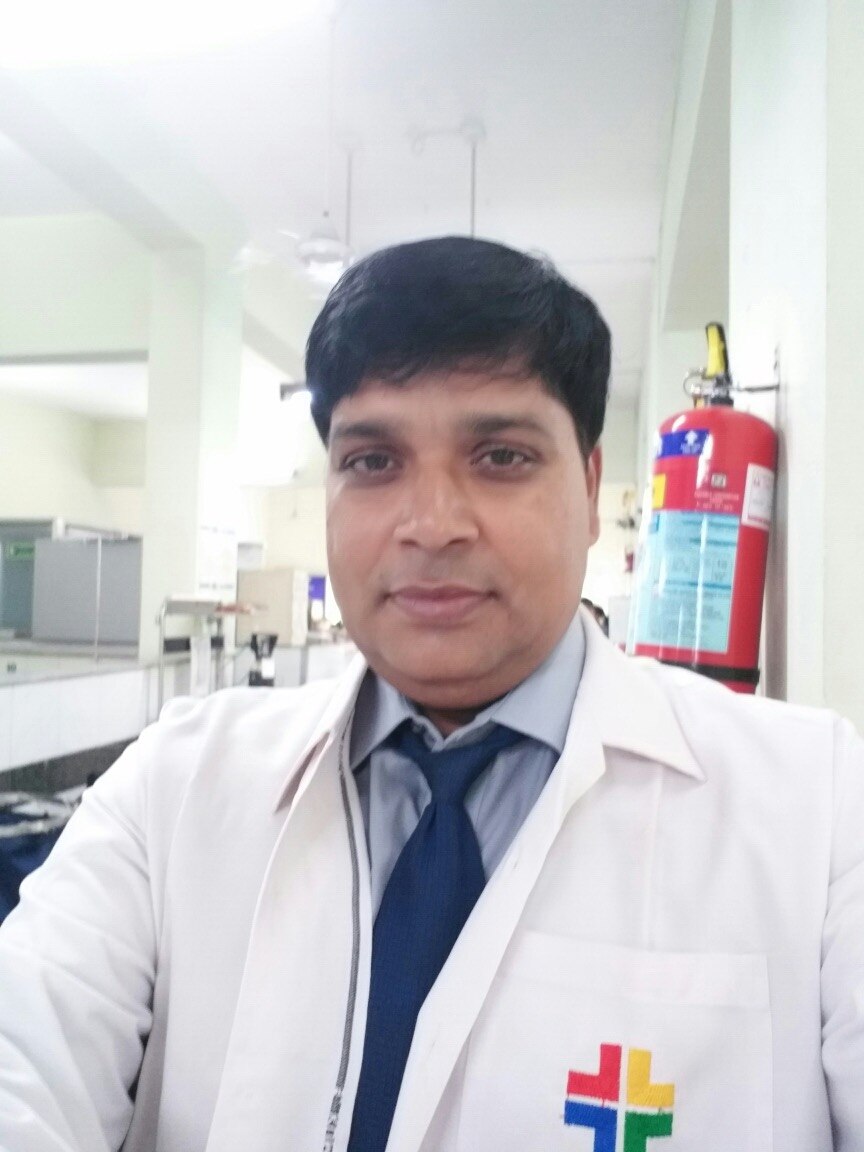+918048053631

This is your website preview.
Currently it only shows your basic business info. Start adding relevant business details such as description, images and products or services to gain your customers attention by using Boost 360 android app / iOS App / web portal.
The Purse-String Suture Anoscope is then introd...

The Purse-String Suture Anoscope is then introduced through the dilator. This anoscope will push the mucous prolapse back against the rectal wall along a 270° circumference, while the mucous membrane that protrudes through the anoscope window can be easily contained in a suture that includes only the mucous membrane. By rotating the anoscope, it will be possible to complete a purse-string suture around the entire anal circumference. The Hemorrhoidal Circular Stapler is opened to its maximum position. Its head is introduced and positioned proximal to the purse-string, which is then tied with a closing knot. The ends of the suture are knotted externally. Then the entire casing of the stapling device is introduced into the anal canal. During the introduction, it is advisable to partially tighten the stapler. With moderate traction on the purse-string, a simple maneuver draws the prolapsed mucous membrane into the casing of the circular stapling device. The instrument is then tightened and fired to staple the prolapse. Keeping the stapling device in the closed position for approximately 30 seconds before firing and approximately 20 seconds after firing acts as a tamponade, which may help promote hemostasis. Firing the stapler releases a double staggered row of titanium staples through the tissue. A circular knife excises the redundant tissue. A circumferential column of mucosa is removed from the upper anal canal. Finally, the staple line is examined using the anoscope. If bleeding from the staple line occurs, additional absorbable sutures may be placed. What are the Benefits of PPH over other Surgical Procedures? 1) Patients experience less pain as compared to conventional techniques. 2) Patients experience a quicker return to normal activities compared to those treated with conventional techniques. 3) Mean inpatient stay was lower compared to patients treated with conventional techniques. CONVENTIONAL SURGERIES FOR PILES Lords Anal Dilatation: Dilation of the anal canal under anaesthesia. This is a short procedure where by anal canal is manually dilated after giving a short acting deep general anaesthesia. This is also called Lord's anal dilation. Ligation & Excision of Piles: Rubber band ligation is a procedure in which the haemorrhoid is tied off at its base with rubber bands, cutting off the blood flow to the haemorrhoid. To perform the procedure, a doctor inserts a viewing instrument (endoscope) into the anus. The haemorrhoid is grasped with an instrument, and a device places a rubber band around the base of the haemorrhoid. The haemorrhoid then shrinks and dies and, in about a week, falls off. Treatment is limited to 1 to 2 haemorrhoids at a time if done in the doctor's office. Several haemorrhoids may be treated at one time if the person has general anaesthesia. Additional areas may be treated at 4- to 6-week intervals. What To Expect After Treatment People respond differently to this procedure. Some are able to return to regular activities (but avoid heavy lifting) almost immediately. Why It Is Done Rubber band ligation is the most widely used treatment for internal haemorrhoids. If symptoms persist after three or four treatments, surgery may be considered. Cryosurgery for Piles Cold treatment Cryosurgery for piles or Cryo-Hemorrhoidectomy. There has been a long search for the method of treatment for haemorrhoids/piles. In an operating room, pain is an uninvited guest , thanks mostly to anaesthetic. Anaesthesia does not however prevent post operative soreness which can last for days or weeks, this lengthens the stay at the hospital, raises cost , and heighten the risk that fear will cause an individual to postpone needed surgery. New technological variation on a centuries old concept - chilling injured tissues to bring relief, is gaining popularity in the medical field. This technique is called cryosurgery or surgery done under cold temperature using a metallic probe to replace the surgeons scalpel. Cryosurgery done for the treatment of piles is called Cryo-Hemorrhoidectomy. Recovery Patient can feel relief almost immediately, and he is able to walk soon after surgery. He can go back to his daily routine the very next day depending upon his determination and need for attention. Post-Operative period Post-operative course is usually uneventful, there is no watery discharge unlike the older methods. Patient may complain of pain likened that of cold burning sensation which can be relieved by analgesics. Patients may pass stools along with some mucus and blood for a few days, this is the disintegration of the pile masses patients are given a course of medicine for a week. Follow-up examination after healing period for any remaining pile mass. Any remnants or skin tags are treated if necessary. Laser Surgery for Piles: What are the advantages of Laser Surgery? With the advent of lasers in medicine the surgery of Piles has become easy and the results are good. The surgery has the advantage of being painless with minimal blood loss, and helps the patient to return to normal routine soon. There is no discomfort while sitting and passing motion. Best piles hernia surgeon in pune

